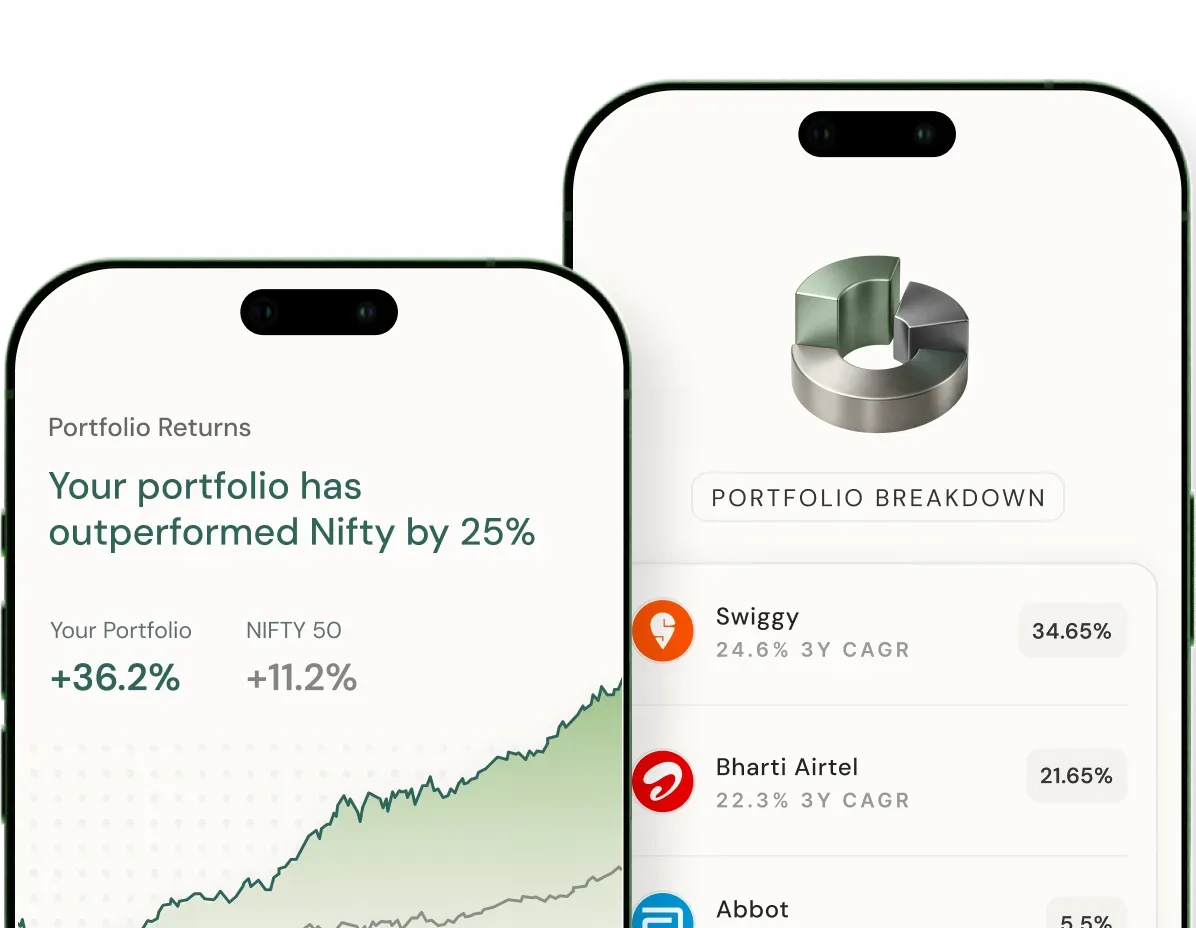What are Debt Mutual Funds?
Debt mutual funds invest in fixed-income securities like government bonds, corporate bonds, treasury bills, and other money market instruments. These funds aim to produce income through interest payments and provide capital appreciation over time. They are less volatile than equity funds, making them safer for risk-averse investors. They are best suited for earning better returns than traditional savings accounts while keeping the risk level relatively low.
How does Debt Mutual Fund Works?
Debt mutual funds invest in various fixed-income instruments, including government bonds and money market securities. Fund managers actively manage these portfolios to optimise returns while maintaining risk exposure. The income generated from interest payments on these securities is distributed to investors as dividends or added to the fund’s net asset value (NAV). Factors like interest rates, credit ratings of securities, and market volatility can influence the performance of debt mutual funds.
Who should invest in Debt Funds?
Debt funds are considered suitable for conservative investors seeking stable and predictable returns. They are an excellent choice for individuals looking to park their surplus funds for the short to medium term, typically ranging from one to three years. Retirees, risk-averse investors, and those with financial goals like buying a car or funding a child’s education can benefit from debt funds. Additionally, they can cushion during market downturns, balancing the risk in a diversified investment portfolio.
Types of Debt Mutual Funds
- Liquid Funds: Invest in short-term instruments with a maturity of up to 91 days, offering high liquidity and lower risk.
- Short-Duration Funds: These funds invest in securities with a duration of one to three years, ideal for those seeking short-term investment options.
- Corporate Bond Funds: Focus on high-rated corporate bonds, providing better returns than government securities with moderate risk.
- Gilt Funds: Invest exclusively in government securities, offering low credit risk and suitable for risk-averse investors.
- Dynamic Bond Funds: Actively managed funds that change duration based on interest rate movements, offering flexibility in varying market conditions.
List of Debt Mutual Funds
How to Invest in Debt Funds
Here’s a step-by-step guide to investing in debt mutual funds:
Step 1: Set Your Financial Goals: Define your goals (e.g., retirement, education, wealth building) to determine the type of fund you need.
Step 2: Assess Risk Tolerance: Decide on the level of risk you're comfortable with (high-risk equity funds, low-risk debt funds, or balanced hybrid funds).
Step 3: Select the Right Mutual Fund: Choose a fund based on your goals and risk tolerance—equity, debt, or hybrid.
Step 4: Complete KYC: KYC is mandatory. Submit your PAN, Aadhaar, and other documents.
Step 5: Choose an Investment Mode: Decide whether to invest in a lump sum or start a Systematic Investment Plan (SIP) for regular contributions.
Step 6: Pick a Platform: Use online platforms such as Stack Wealth or fund houses to invest.
Step 7: Monitor and Diversify: Regularly track your investments and diversify across funds to balance risk and returns.
Step 8: Stay Invested: Long-term investment helps you gain from market growth and reduce risk.
Taxation Rules of Debt Mutual Fund
- Short-Term Capital Gains (STCG): If you hold the investment for less than three years, you classify the gains as short-term and pay tax according to your income tax slab rate.
- Long-Term Capital Gains (LTCG): When you hold the investment for more than three years, you qualify the gains as long-term and pay tax at 20% with indexation benefits. These benefits adjust the purchase price for inflation, reducing your taxable amount.
- Dividend Distribution Tax (DDT): Although the government abolished DDT in 2020, you still pay tax on dividends from mutual funds in debt according to your applicable income tax slab rate.













